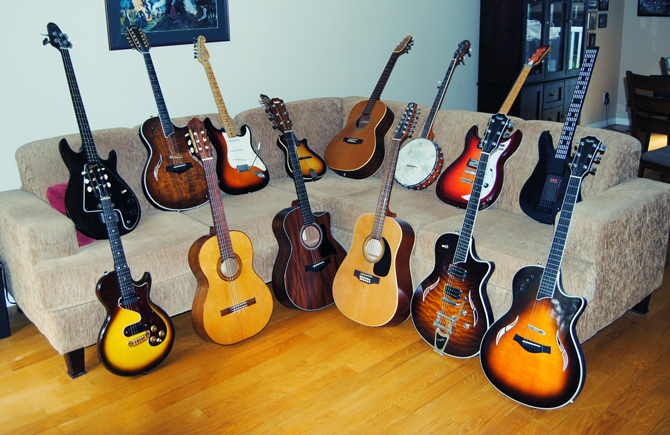When I was six years old, I was in complete awe of my older brother Gabriel. He was 20, tall and handsome and a gifted piano and accordion player. I couldn’t believe we were related! When he saw that I followed him around everywhere, he started teaching me about the rock ‘n roll artists he loved so very much and he also let me play his great collection of 78 and 33 rpm records. I couldn’t believe what I discovered in that music. I had the definite sense of trespassing into a very adult world.
I lived in a small rural eastern Ontario community and there were no crazy wild men like Jerry Lee Lewis in our village. There were no blacks at all in Rockland, certainly no one as flamboyant as Chuck Berry and Little Richard. I loved white and black artists alike but I knew they were different and came from different worlds. But I really didn’t know how different someone could be until I saw Bo Diddley on the Ed Sullivan show in the early sixties. I stared at the TV in disbelief as Bo strutted across the stage, bashing out a single chord song with a tribal beat on his low slung square guitar. His band had driving drums, maracas and a gorgeous woman to boot! I’ve been a slave to that Diddley Beat ever since.
How different was Bo? First of all, the name. Bo Diddley? Really? His real name was Ellas McDaniel and how he came about his nickname is uncertain – many believe it comes from “diddley bow”, a makeshift instrument popular with black kids in the South where a steel wire is stretched and nailed to the side of a barn and then plucked.
There simply was nothing ordinary about Bo. His use of African rhythms and his signature beat influenced hundreds of artists from Buddy Holly to the Beatles and The Rolling Stones. His square guitar was different. Long-time Chess Records percussionist Jerome Green on maracas and “The Duchess” on guitar were both very different. Bo always introduced The Duchess as his sister but she was Norma-Jean Wofford and was no relation to Bo, although he always thought of her as a real sister. Bo was no fool and he always had a beautiful woman in his band. When I saw him at a small club in Montreal in the late seventies, his band featured a tall, statuesque black goddess wearing only high-heeled shoes and a long sequined silver dress slit down both sides and held together with laces. She was shaking the maracas. Every man in the place was slack-jawed and stupefied.
Our tribute to Bo Diddley starts off with two of his compositions, “Mona” (1957) and “Who Do You Love?” (1956). Both are the type of single-chord wonders that Bo was famous for. “Willie and the Hand Jive”, a 1958 hit by Johnny Otis, was heavily influenced by the Diddley Beat, as was “Not Fade Away” (1958), one of Buddy Holly’s most beloved songs and certainly one of my all-time favourites.
Richard Séguin – voice, electric bass and guitars
Roch Tassé – drums and maracas


Ajouter un mot
You must be logged in to post a comment.